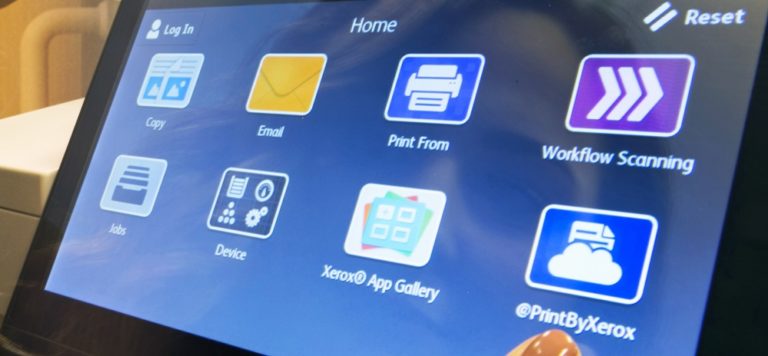Every three years, a select group of 15-year-old students from around the world is tested on their knowledge of math, science and reading. In the latest round of tests performed in 2012 by the Organization for Economic Co-operation and Development (OECD), U.S. students ranked 36th in math, 28th in science and 24th in reading out of the 65 countries in the survey. Clearly, there is plenty of room for improvement.
One emerging area with the potential to significantly improve the performance of U.S. students might lie in harnessing something that has revolutionized the business world over the last several years: data analytics.
Much of the data analytics at schools are retrospective. As such this it fails to capitalize on the power of data to improve student performance in the classroom while they are actively learning.
To Improve Students’ Performance
Imagine a system that provides teachers with real-time insights that helps them understand how a student is performing. The teacher can then use the data to spot weak areas and adjust the lesson plan accordingly. This type of tailored instruction has the ability to greatly improve student performance.
Xerox researchers have developed such a system by spending more than 400 hours embedded with teachers, administrators and students from school districts in New York and California. They discovered that teachers wanted a simpler way to grade, analyze and chart each student’s progress. They then could determine which concepts were being taught successfully, and which were missing the mark– and they could do it on a student-by-student, class-by-class basis.
ARVE Error: need id and providerThis insight led Xerox to develop Ignite®, an automated student assessment tool that combines scanning hardware and analytics software. It not only grades exams faster, but also extracts student performance measurements and creates real-time feedback for teachers. This gives the teachers the ability to quickly address the reality that students learn concepts at different paces, and in different ways. This helps teachers customize their lessons, so that — individually or in small groups — students get the extra attention they need to learn better.
“Instead of spending time scoring tests and making sense of the data, teachers can quickly access relevant views of the data and focus on meeting the needs of each individual student. This is something that is making our lives more effective as educators” said principal Marc Nelson of Harris Hill Elementary in Penfield Central School District, one of several districts using Ignite in New York.
ARVE Error: need id and providerDemonstrating its broader importance, the benefits of the system go beyond even the teachers and students. Parents receive one report that shows their child’s progress over the course of the school year. Meanwhile, another report for school administrators shows how students are progressing throughout their district by class, grade or subject — information which was previously only available from state mandated tests.
No one wants American education to succeed more than American educators, 98 percent of whom view teaching as more than a profession, but a commitment to the world’s future. Empowering teachers with the data and insight they need to be smarter educators is just one example of how recent technological advancements can help dramatically improve teaching and the learning experience.
Subscribe to this blog and receive email updates when we publish a new article.



